附件下载,需登录可以查看贴内更多信息
您需要 登录 才可以下载或查看,没有账号?立即注册
x
Remote IO vs PLC: Choosing the Right Solution for Your Industrial Automation Needs
Introduction:
In today's industrial automation landscape, determining the most suitable solution for remote input/output (IO) applications can be a daunting task. Two popular options that often come into consideration are Remote IO and Programmable Logic Controller (PLC) systems. Both solutions offer unique advantages and functionalities, making it crucial to understand their differences and select the right solution for your specific automation requirements. This article aims to provide a comprehensive analysis of Remote IO and PLC systems, highlighting their features, applications, and considerations for choosing the optimal solution.
Section 1: Understanding Remote IO Systems
Remote IO systems consist of distributed modules that interface with sensors, actuators, and other field devices located away from a central controller. These systems are typically connected via a network, allowing seamless communication between the remote modules and the central control station. Key features of Remote IO systems include:
1. Scalability: Remote IO systems offer modular expansion capabilities, allowing users to easily add or remove IO modules based on evolving automation needs. This scalability enables flexible system design and cost-effective installations.
2. Flexibility: With Remote IO, modules can be placed in close proximity to field devices, reducing wiring lengths and simplifying installation. Additionally, remote modules can be easily reconfigured or relocated as production processes change, providing enhanced flexibility.
3. Diagnostic capabilities: Remote IO systems often come equipped with advanced diagnostic features that enable real-time monitoring and troubleshooting of field devices. This allows for proactive maintenance and optimization of system performance.
4. Reduced wiring complexity: By distributing IO modules closer to field devices, Remote IO systems minimize wiring complexity and associated costs. This streamlined wiring approach also reduces the risk of signal interference and improves system reliability.
Section 2: Exploring PLC Systems
PLC systems, on the other hand, are dedicated controllers widely used in industrial automation applications. These systems are designed to handle complex control tasks, manage data acquisition, and execute sophisticated logic operations. Key features of PLC systems include:
1. High-performance computing: PLCs are built with powerful processors and ample memory capacity, allowing them to handle complex control algorithms and process large amounts of data in real-time.
2. Versatility: PLC systems can be programmed using various programming languages, such as ladder logic, function block diagrams, and structured text. This versatility gives engineers the freedom to choose the most suitable programming approach for their specific applications.
3. Integration capabilities: PLCs often support multiple communication protocols, enabling seamless integration with other automation devices, such as HMIs (Human-Machine Interfaces), SCADA (Supervisory Control and Data Acquisition) systems, and enterprise-level networks. This integration capability facilitates centralized control and data exchange across the entire automation infrastructure.
4. Robustness and reliability: PLCs are designed to operate in harsh industrial environments, with features like robust housing, resistance to electrical noise, and temperature/ humidity tolerances. These qualities ensure reliable performance even in challenging conditions.
Section 3: Choosing the Right Solution
When deciding between Remote IO and PLC systems, it is essential to consider several factors:
1. Application requirements: Determine the specific needs of the automation project, including the number and type of field devices, complexity of control logic, communication requirements, and scalability needs. Matching these requirements to the features offered by Remote IO and PLC systems will help identify the most appropriate solution.
2. System architecture: Evaluate the existing infrastructure and the desired system architecture. Consider factors such as network topology, wiring distances, and the level of centralization required for control and monitoring. Remote IO systems are advantageous for distributed installations, while PLCs excel in centralized control scenarios.
3. Programming expertise: Assess the programming skills and resources available within the organization. PLC systems often require more extensive programming knowledge, while Remote IO systems can be more straightforward to configure and maintain. Selecting a solution that aligns with the available expertise will streamline implementation and maintenance processes.
4. Cost considerations: Consider the initial investment, as well as long-term operational costs. Remote IO systems can offer cost savings through reduced wiring and flexible scalability, while PLCs may require higher upfront investment but provide robust performance and advanced control capabilities.
Conclusion:
Choosing between Remote IO and PLC systems is a critical decision when it comes to industrial automation projects. Understanding the features, advantages, and applications of each solution is vital for making an informed choice. By considering factors such as scalability, flexibility, diagnostic capabilities, high-performance computing, versatility, integration capabilities, and cost considerations, engineers can select the optimal solution that best suits their specific project requirements. Ultimately, selecting the right solution will result in increased efficiency, improved productivity, and enhanced overall system performance.
________________________________________________________________________
免责声明:本文非官方发布,内容真实性请注意甄别,文章内容仅供参考。本站不对内容真实性负责,请悉知!本站不对内容真实性负责,请悉知!。我们专注于汇川技术产品培训,官网https://shicaopai.com |
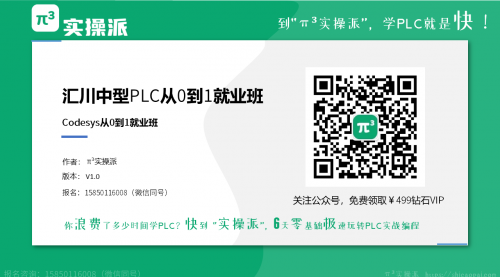 共31章节628课时
共31章节628课时
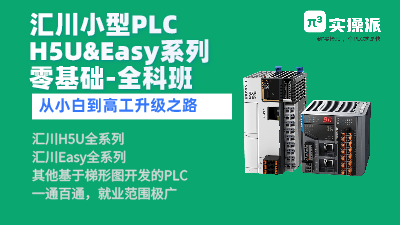 共30章节630课时
共30章节630课时
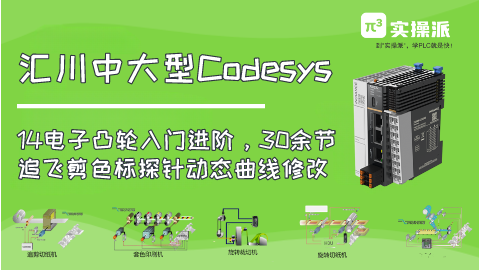 共9章节44课时
共9章节44课时
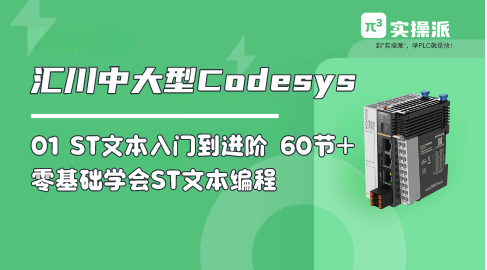 共5章节63课时
共5章节63课时
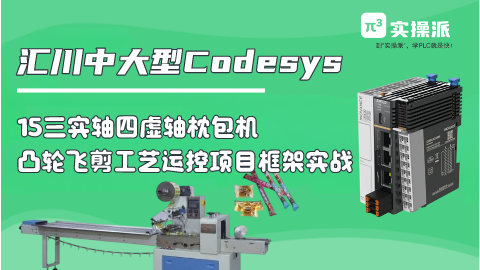 共6章节52课时
共6章节52课时
 共31章节628课时
共31章节628课时
 共9章节44课时
共9章节44课时
 共30章节630课时
共30章节630课时
 共5章节63课时
共5章节63课时
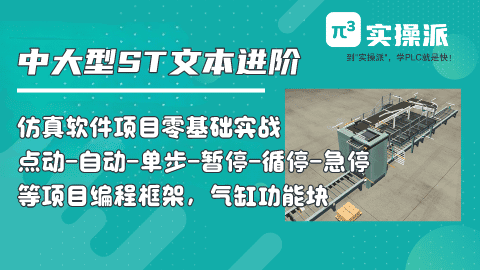 共4章节36课时
共4章节36课时
 共6章节52课时
共6章节52课时
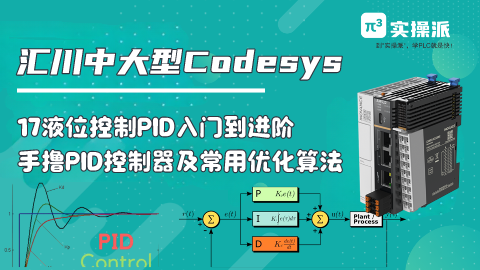 共4章节29课时
共4章节29课时
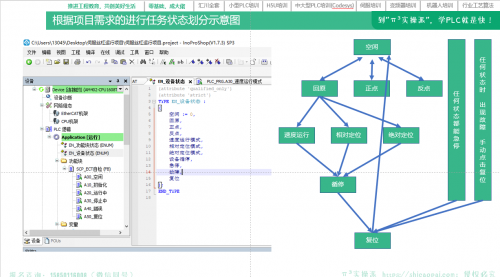 共3章节30课时
共3章节30课时
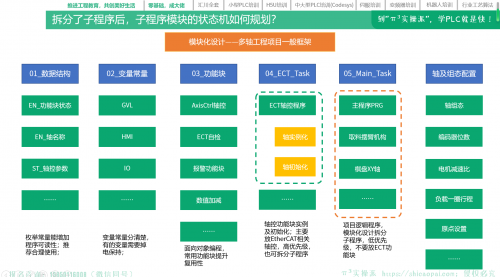 共3章节25课时
共3章节25课时
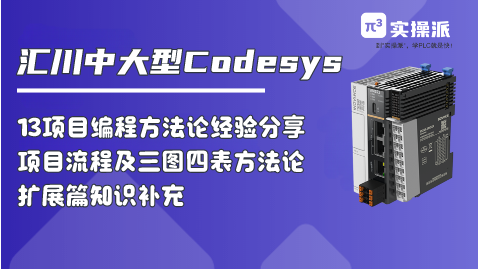 共3章节24课时
共3章节24课时
 共31章节628课时
共31章节628课时
 共9章节44课时
共9章节44课时
 共30章节630课时
共30章节630课时
 共5章节63课时
共5章节63课时
 共4章节36课时
共4章节36课时
 共6章节52课时
共6章节52课时
 共4章节29课时
共4章节29课时
 共3章节30课时
共3章节30课时
 共3章节25课时
共3章节25课时
 共3章节24课时
共3章节24课时